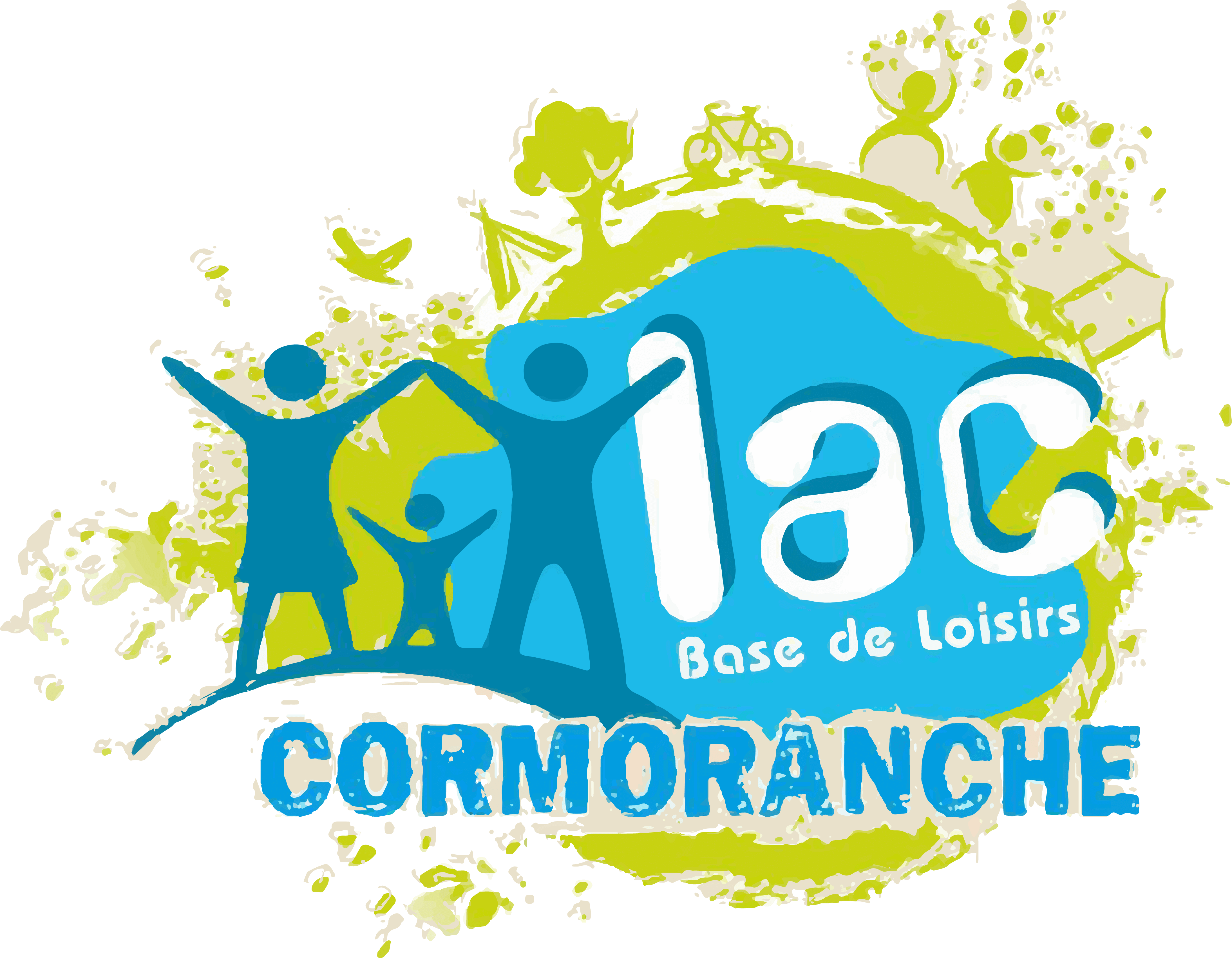
The central location of Lake Cormoranche campsite in the heart of nature near Bourg en Bresse allows you to explore three different regions :
the Bresse region
A farming region famous for its Bresse chicken.
The poultry is free-range and recognised as some of the best in the world.
You can visit the famous gastronomic village called Blanc in Vonnas
the royal monastery of Brou, the Domaine des Saveurs, a museum site with a typical Bresse farm and the town of Bourg en Bresse, capital of Bresse.
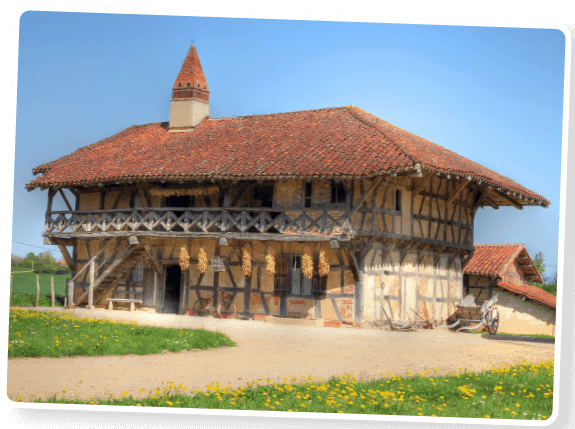
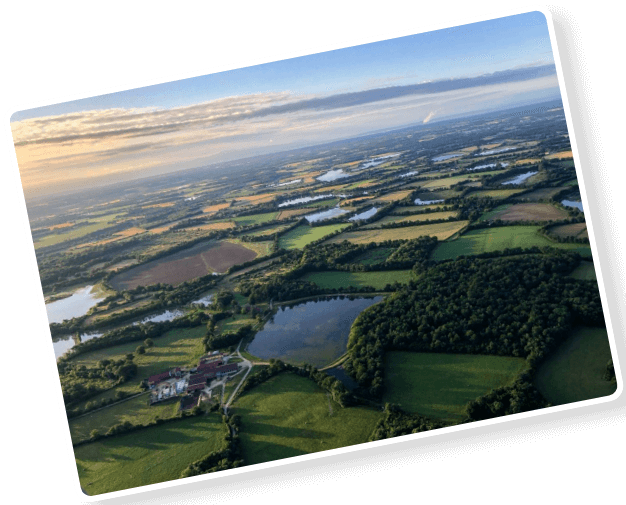
Dombes
Region made up of a thousand ponds, which were created in the Middle Ages for fish farming. Today, these 1,200 ponds are ideal for fishing, walking and discovering the flora and fauna.
Un paysage unique et une biodiversité remarquable favorables à la détente et la sérénité. Vous pourrez visiter le Parc des Oiseaux, situé à Villars-les-Dombes et découvrir plus de 300 espèces d'oiseaux, et voir des spectacles de rapaces et d’oiseaux exotiques.
Mais, aussi, visiter la célèbre cité médiévale de Pérouges, ou encore la ville de Châtillon sur Chalaronne avec ses maisons à l’architecture médiévale et son marché élu plus beau marché de France.
The Mâconnais region
The Roche de Solutré, an emblematic site in southern Burgundy, located in the heart of the Solutré Pouilly Vergisson Grand Site de France. This world-famous wine-growing region is famous for its white wines, particularly Pouilly-Fuissé and Saint-Véran. The region is made up of hills, vineyards, picturesque villages and castles. The town of Mâcon, 8 km away, is located on the right bank of the Saône and is the economic and cultural centre of the region. There are many museums, churches and historic monuments to visit, including the Hôtel de Senecé and the facade of the Maison de Bois.
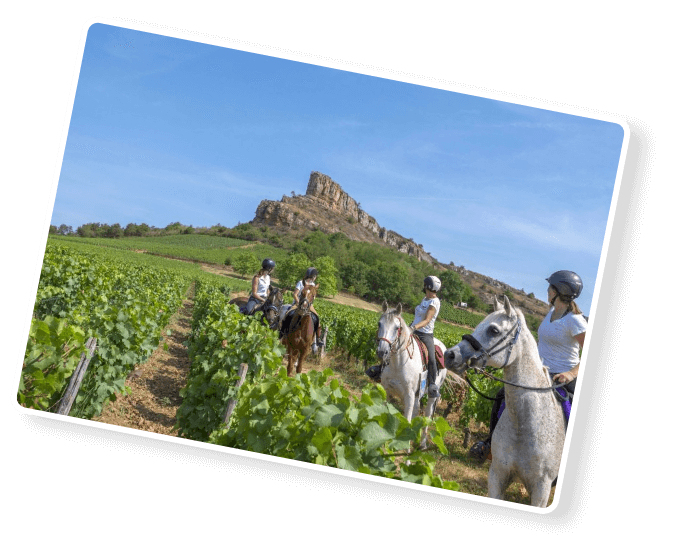
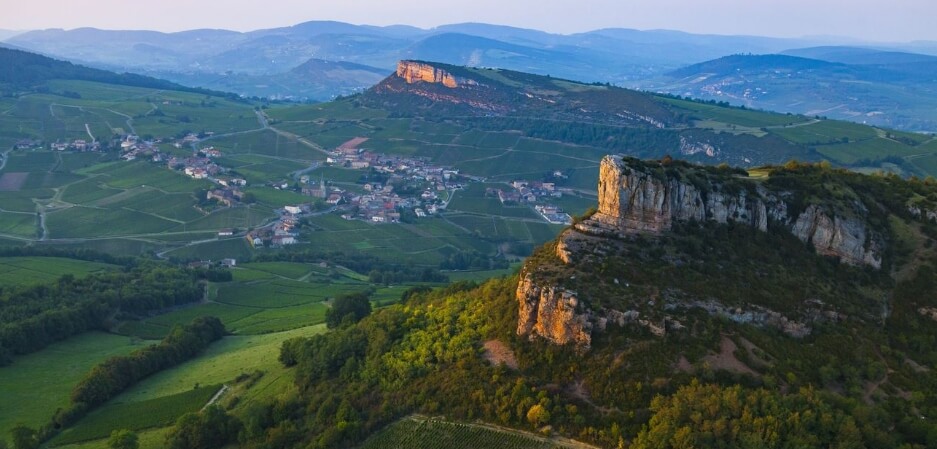
The Solutré Pouilly Vergisson Grand Site de France
Remarkable for its unusual landscapes in southern Burgundy, the Grand Site de Solutré offers visitors great natural areas where the rocky spurs of Solutré and Vergisson dominate a vineyard with famous vintages.
Climbing them offers visitors a wonderful panoramic view of the entire Saône valley.
There are several signposted hiking trails throughout the Grand Site.
The Grand Site house
Located in Solutré, the Grand Site house is a reception and information centre for visitors.
A permanent exhibition space devoted to the history of the landscape and its preservation, a tourist reception area, a shop, a room, a restaurant and toilets are available to all visitors.
The departmental museum of Prehistory and the archaeological and botanical garden.
Located at the very foot of the Roche de Solutré, the museum presents collections from one of the richest prehistoric sites in Europe: an exceptional hunting site, frequented for over 50,000 years by prehistoric men who came to hunt thousands of horses and reindeer.
An accumulation of bones remains at this site, giving rise to the famous legend - now disproved - of horses being thrown by hunters from the top of the rock.
Located on the excavation site, the archaeological and botanical garden completes the visit to the museum
. It offers a wide variety of plant species characteristic of the natural environment and the essential results of archaeological research.
Access is from the museum.
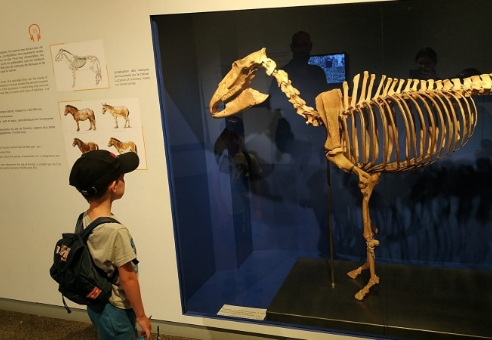
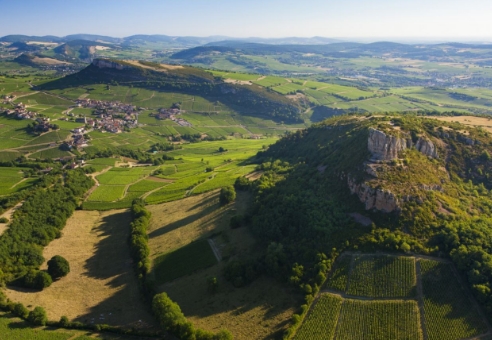
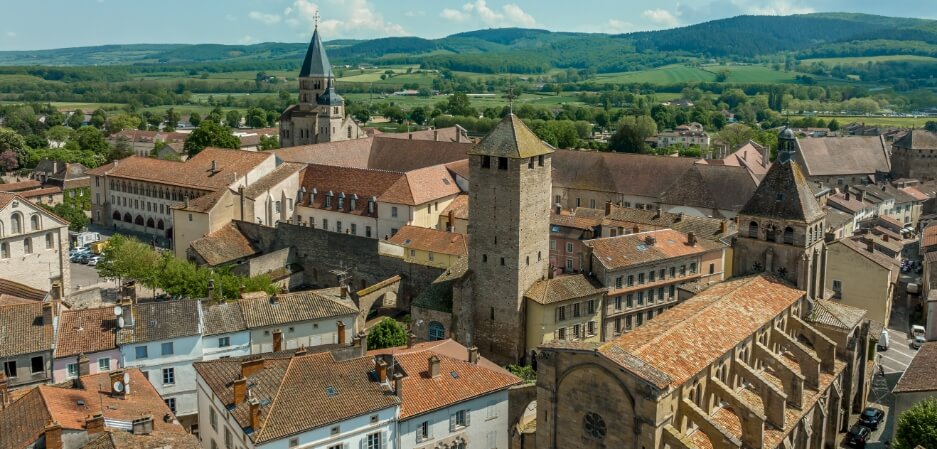
The Benedictine abbey of Cluny extended its influence throughout Europe in the Middle Ages.
Its abbey church was the largest in Western Christendom before the construction of St Peter’s in Rome.
After nine centuries of monastic life, the site now offers a prestigious heritage, including several monastic buildings, a Museum of Art and Archaeology housing outstanding works of Romanesque civil sculpture, a monastic village rich in Romanesque and Gothic houses, two churches, a majestic Hôtel-Dieu and a superb panorama from the top of the Tour des Fromages.
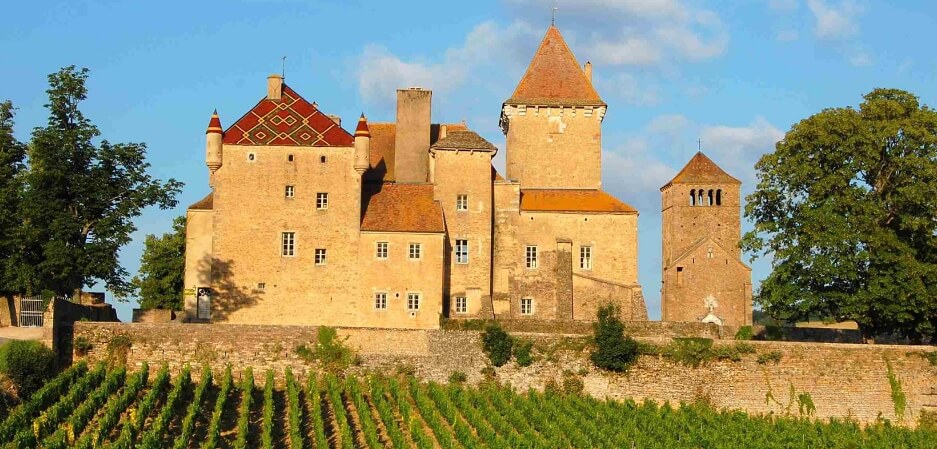
The Château de Pierreclos is a private historic monument located between the Abbey of Cluny and the Grand Site de Solutré. In the middle of the vineyards, a chapel was built on a rocky spur and became the parish church in 996. The castle was first mentioned in 1282, when the lord pledged his castle to the Duke of Burgundy. It was a stronghold that survived wars, the French Revolution and was transformed over time into a castle for pleasure.